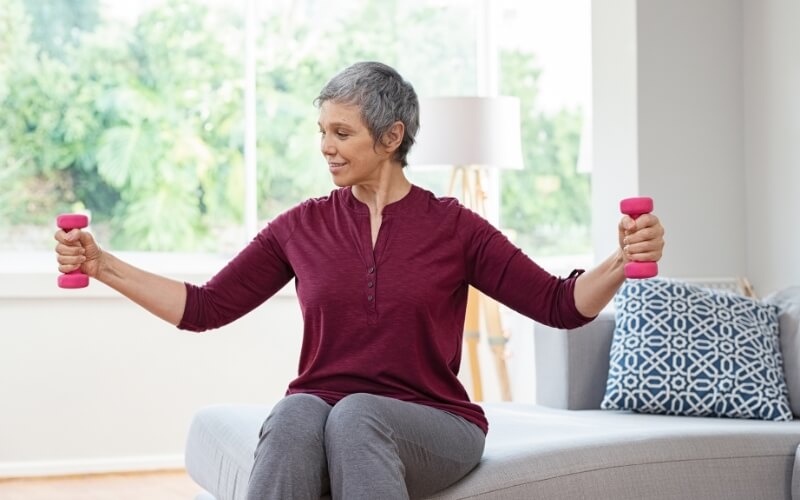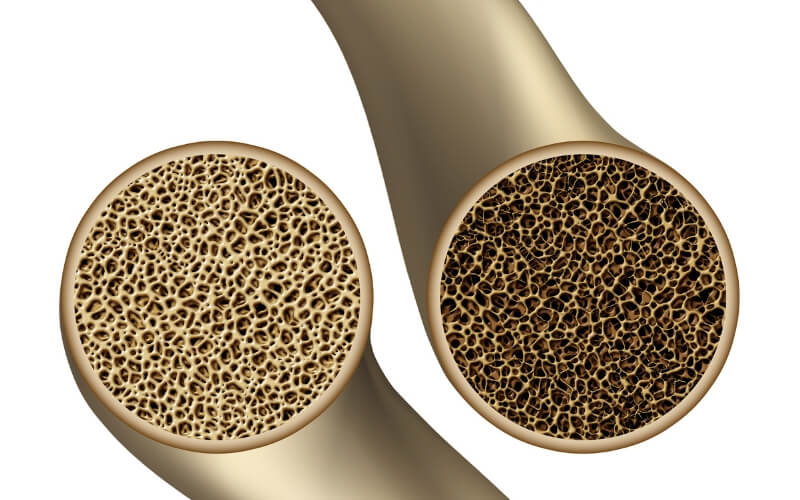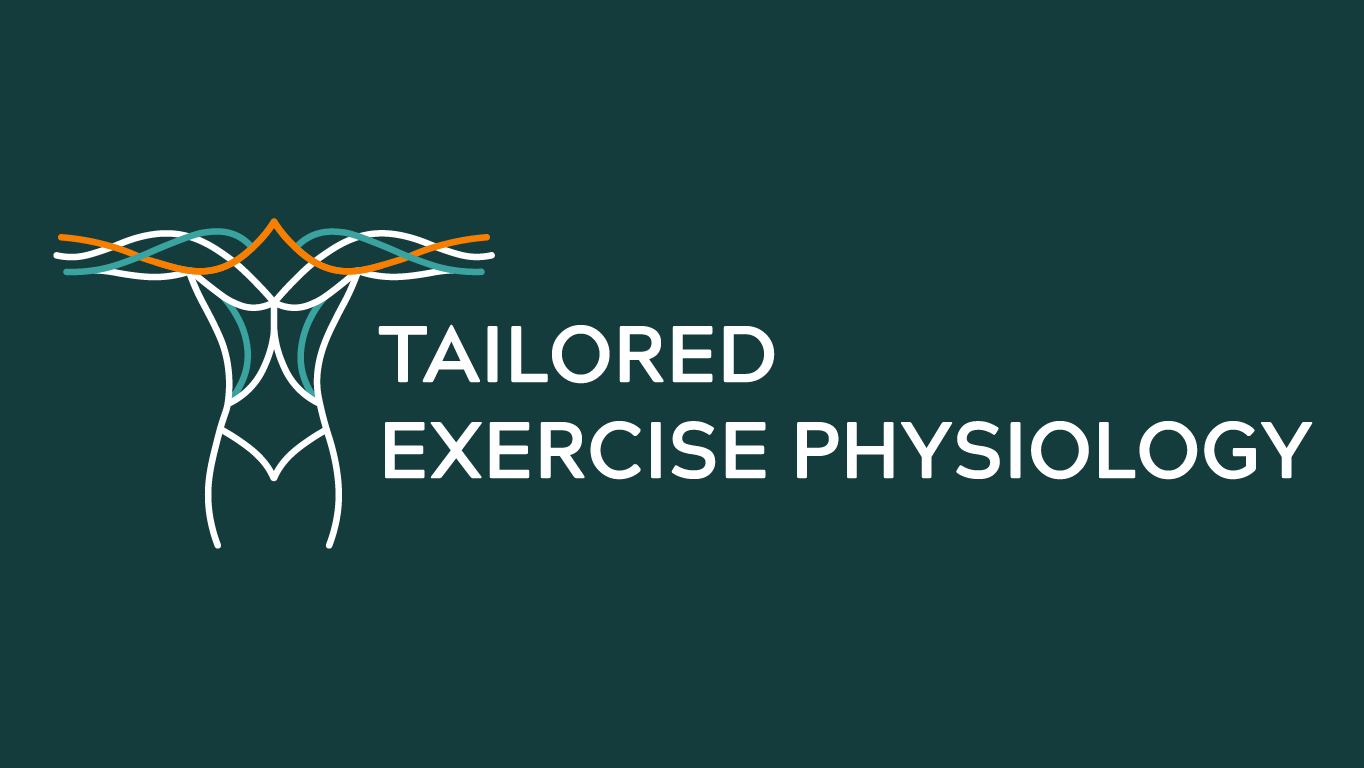Osteoporosis is a condition characterized by extreme degeneration of bone density. It is a critical health concern affecting millions in Australia, especially as we age. Optimising bone health with osteoporosis is crucial as the natural bone layering process diminishes, bones become more brittle, increasing the risk of fractures.
While age, gender, family history, and cultural background are risk factors that cannot be changed, lifestyle choices, such as nutrition and physical activity, play a pivotal role.
Several lifestyle factors contribute to osteoporosis risk such as body weight, smoking, alcohol consumption, nutritional deficiencies, and physical inactivity. Recognising these factors is crucial for a holistic understanding of osteoporosis risk.

Diagnosing and Assessing Risk
Low bone mineral density can be determined using X-ray technology, the gold standard being a DEXA scan. DEXA scans are able to categorize individuals into osteopenia (pre-osteoporosis) or osteoporosis.
These scans focus on high-risk fracture locations like the wrist, hip, and lumbar spine. Interpreting T-scores, which compare data to healthy individuals and age-matched counterparts, aids in diagnosis.
A T score of-1.5 to -2.4 standard deviations below the norm will diagnose you with osteopenia whilst a score of -2.5 or more will diagnose you with osteoporosis.
Physical Activity as a Key Player to optimising bone health with osteoporosis
Regular physical activity stands out as a powerful tool for maintaining and improving bone health. Bone layering, or osteoblast activity, thrives on regular stimulation.
Scientific studies consistently highlight the efficacy of weight training and impact activities, such as running and strength exercises, in promoting bone density.
Notably, swimmers, who regularly engage in low-impact environments, may experience lower bone mineral density due to a lack of stimulation.

Exercises to Stengthen Bones
There’s a large body of good quality evidence that provides insight into the correct exercises for osteoporosis and osteopenia. High-impact exercise and weight-training exercises stand as the most effective form of exercise for improving bone mineral density.
While swimming, yoga, and Pilates enhance strength, they are less effective in promoting bone layering, and therefore are not recommended for this purpose specifically.
Recognising that not everyone can engage in the gold standard of exercise for osteoporosis, consulting healthcare professionals, such as exercise physiologists, is crucial for tailoring exercise programs to individual capabilities.
In such cases, exercise physiologists play a pivotal role in recommending exercises that improve balance and prevent falls, crucial for populations with increased fracture risks.

Conclusion
To comprehensively address osteoporosis risk, understanding both non-modifiable and lifestyle-related factors is paramount.
Exercise, especially tailored to individual needs, remains a cornerstone for bone health. Whether through high-impact activities or specialised programs, the goal is to empower individuals to make informed choices that support stronger bones throughout their lives.
For those recently diagnosed or at higher risk, consulting with an exercise physiologist ensures a personalised approach, promoting maximal results and a better quality of life.


